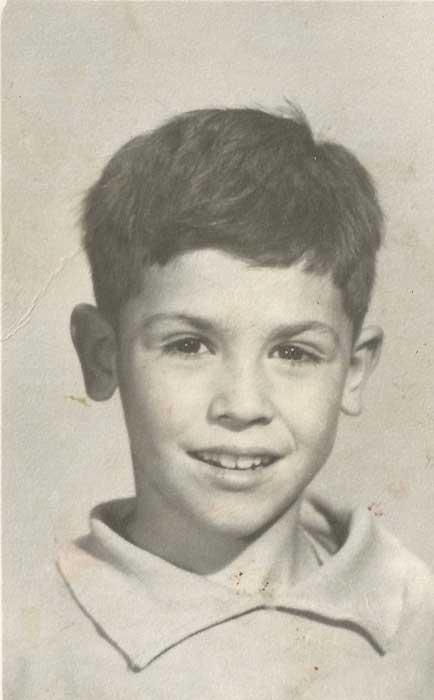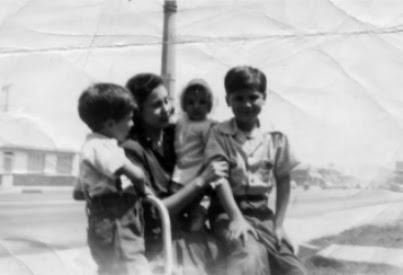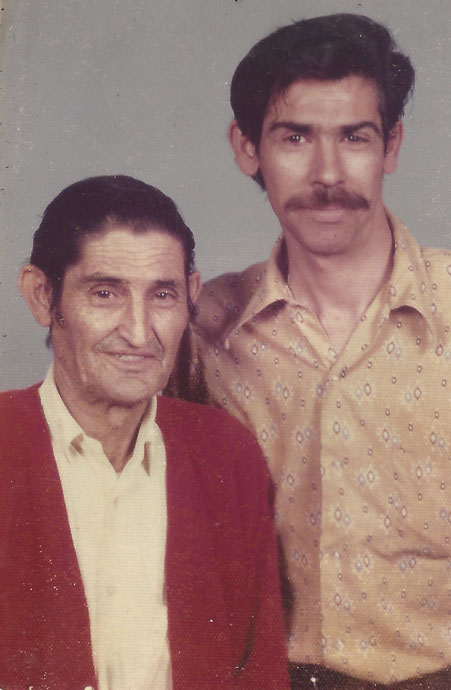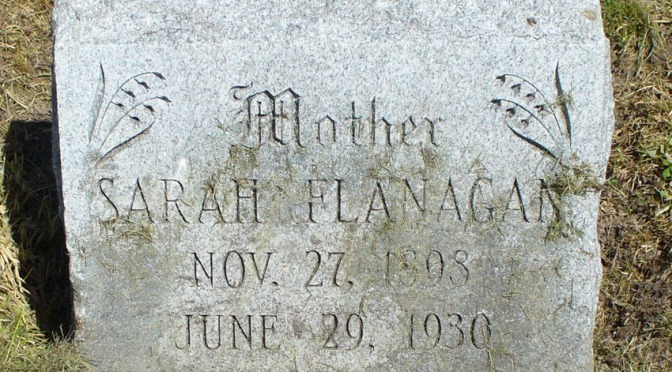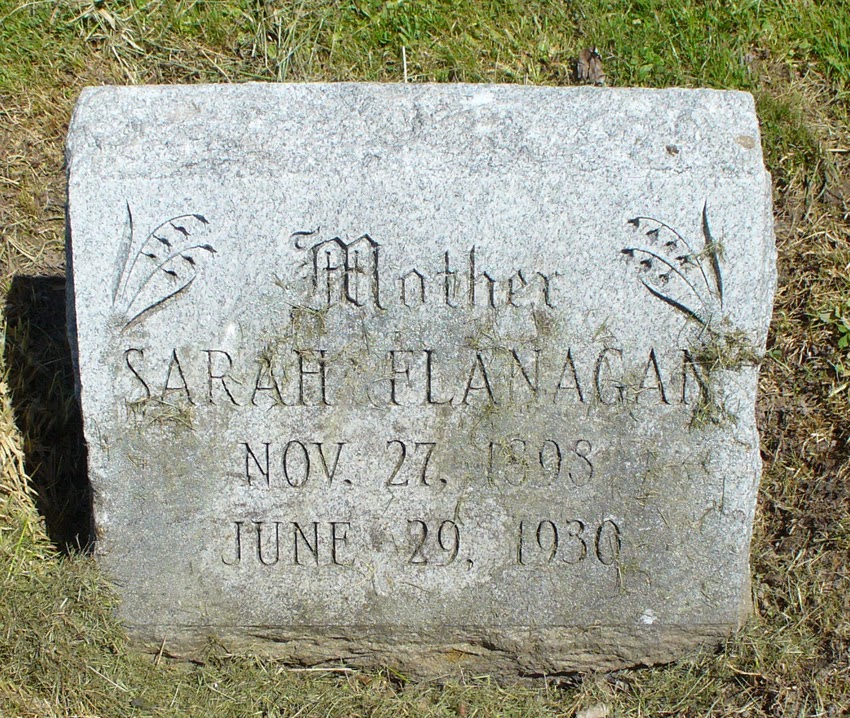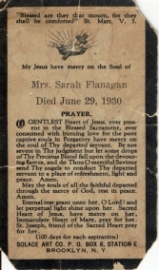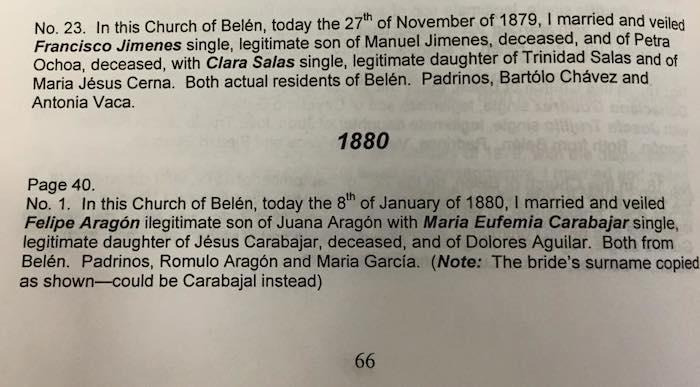
Two weeks ago yesterday, I set out on my now annual research trip to the Family History Library in Salt Lake City, in conjunction with the RootsTech conference (I presented this year) and for the first time, the FGS conference. I got to enjoy 4 whole days of research prior to the conferences. And Day 1 started out with a bang!… my biggest score of the trip. Identifying the names of two more sets of 3rd great grandparents. This proved to be my only big find of the trip, but that’s okay. This had previously been such a brickwall line (see: Rosie Salas (b. ca. 1923): Busting Through a 15 Year Brickwall), that this find alone made the trip totally worth it.
Francisco Jimenes & Clara Salas
One of my goals this trip was to make further progress on whom I believe is my 2nd great grandfather Francisco Jimenes [Jimenez] (1841-1911), the Mexican-born U.S. Civil War veteran about whom I recently started writing. See:
- Mexican-Born 2nd Great Grandfather Francisco Jimenez is My 1st Identified Civil War Ancestor
- U.S. Civil War: Francisco Jimenez & the 1st New Mexico Cavalry
It was from the paper trail I’ve been following this past year, tracking down my great grandmother Victoria Jimenez (1890-1940), that I first identified the names of her parents, my 2nd great grandparents Francisco Jimenes and Clara Salas (1863-). Victoria’s 1940 California death index entry lists Jimenez and Salas as parental surnames and her birth place as New Mexico. The 1900 US Census shows 10 year old female “Victoriana” Jimenes living in San Juan, Grant County, New Mexico with parents Francisco and Clara Jimenes, along with a bunch of Victoria’s siblings. I don’t find another Francisco Jimenes and Clara (Salas) Jimenes married to each other, with those same children’s names, in New Mexico at that time. So although I do not yet have a birth or baptism record for Victoria providing more concrete proof, I feel fairly certain that these are Victoria’s parents. Francisco’s Civil War pension applications also identify Clara Salas as his wife.
FamilySearch has an entry online for Francisco and Clara in their New Mexico, Marriages, 1751-1918 index that records them married on 27 November 1879 at the Catholic church Nuestra Senora De Belen in Belen, Valencia County, New Mexico. No further information.
Identifying Francisco & Clara’s Parents
One of the first tasks I set out to accomplish that first day in the Family History Library was to find an actual copy of the marriage record. A transcribed English-translated copy was easily located in the very well indexed book New Mexico marriages, Belen, New Mexico : 1 February, 1856 – 1 December, 1900, located on the 3rd floor. And there it was… the names of Francisco and Clara’s parents, my 3rd great grandparents. The transcribed record identifies Francisco as the single legitimate son of Manuel Jimenes and Petra Ochoa, both deceased by the time of their son’s 1879 marriage to Clara. Clara is identified as the single legitimate daughter of Trinidad Salas and Maria Jesus Cerna, with no mention of Trinidada or Maria being deceased at the time of their daughter’s marriage. Francisco and Clara both resided in Belen at the time the marriage was recorded, and the marriage sponsors (padrinos) were noted as Bartolo Chavez and Antonia Vaca. That record is displayed at the top of this post.
Two new maternal surnames to add to my list: Ochoa and Cerna! And four new ancestors!
I was thrilled, but didn’t want to just settle for a translated and transcribed copy of the marriage record. I wanted a copy in the original language and original writing. Fortunately, the Family History Library also had that on file, in its U.S. and Canada microfilm collection. I spent the next morning patiently scrolling through microfilm roll 16734 of Church records, 1793-1956 by Catholic Church, Nuestra Señora de Belen (Belen, New Mexico).
Bingo! The Spanish language marriage record entry. My hope is that this record was written in the hand of the priest who actually married my 2nd great grandparents (I assume that’s his signature at the bottom), but I have no way of actually knowing that.
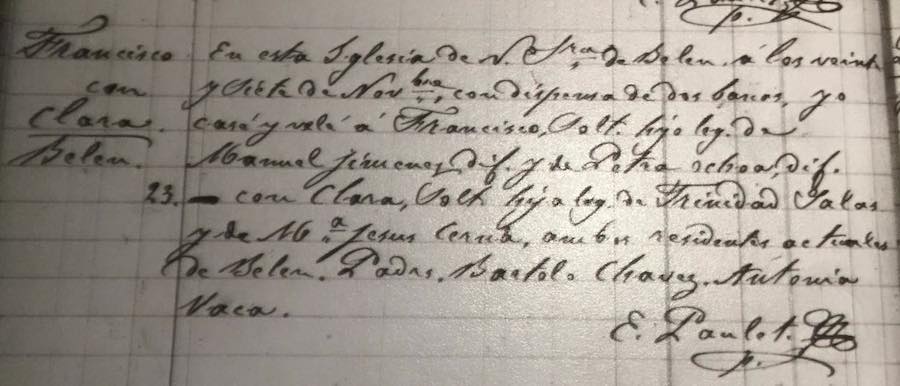
Although New Mexico was ceded to the U.S. by Mexico in 1848 as part of the Treaty of Guadalupe Hidalgo (New Mexico Territory was formed in 1850; statehood was granted in 1912), at the time of my 2nd great grandparents’ marriage in 1879, records for their church (probably the whole diocese) were apparently still kept in Spanish.
Emotional Impact
I cannot describe how exciting a discovery this if for me and my father.
Dad’s maternal line had been a total brickwall to us until just a couple of years ago, when we first learned the names of his maternal grandparents, which allowed me to find and start tracking their New Mexico roots. Not having been raised by his mother, Dad knew nothing about his mom’s family history except her maiden name, and that she was supposedly from Nogales, Santa Cruz County, Arizona. Dad didn’t know his grandparents’ names, didn’t know his mother had two older half-brothers, and had no idea that her roots were actually planted in New Mexico instead of Arizona. Until I found that marriage record in May 2013 for his parents (my grandparents), which named his mother’s parents and their birthplaces.
For 15+ years, I have made good progress on some of my mother’s lines, decent progress on Dad’s paternal Nieto line, yet nada on his maternal line until that 2013 marriage record discovery. Each time I would share a new find with Mom about her ancestors, Dad would ask if I had found out anything about his mom’s family. It always crushed me to have to say no.
So this past year’s progress on Dad’s maternal line has been a really really big deal for us. When I opened up that book at the Family History Library two weeks ago today, and saw the marriage entry for Francisco and Clara, which identified their parents’ names (my 3rd great grandparents), I sat at my 3rd floor research table — with a bunch of new rowdy genealogy buddies who crashed my table — and silently cried while they chatted away. Eerily, Dad, who rarely calls me (he usually has Mom make the calls), called me at almost that very moment to answer a question I had texted him a few seconds prior asking about a Spanish language term I encountered in the marriage record (padrinos; I was only familiar with this for baptisms as the Godparents). So I quickly ducked into a quiet area of the stacks (those rowdy ladies were loud!) and got to tell my dad the names of his 2nd great grandparents. We both got really quiet on the phone. I have no doubt he had tears in his eyes on the other end of that phone call.
Fortunately, Dad’s maternal line has started displaying some AncestryDNA matches for me, so I am hoping to escalate my progress on these new lines this year.
Ironically, Belen is about 45 miles away from where an aunt, uncle, and several cousins live in the Albuquerque/Rio Rancho area. Yet they are from my mother’s side of the family (who has no other connection to New Mexico), not from Dad’s side of the family.
[contentblock id=38 img=html.png]
[contentblock id=41 img=html.png]
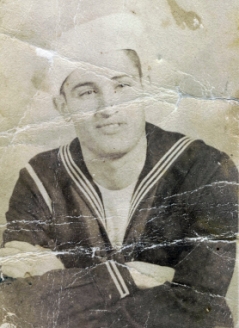

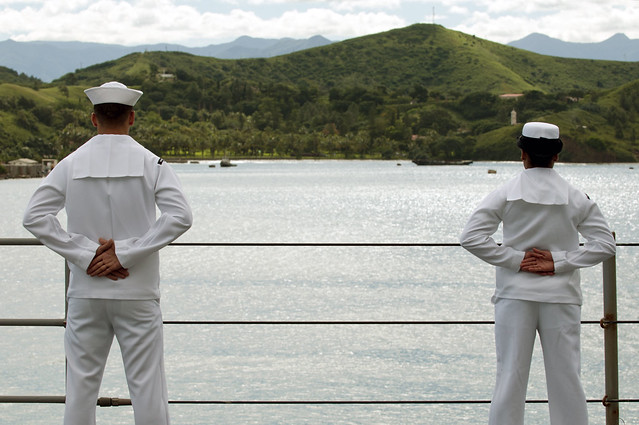
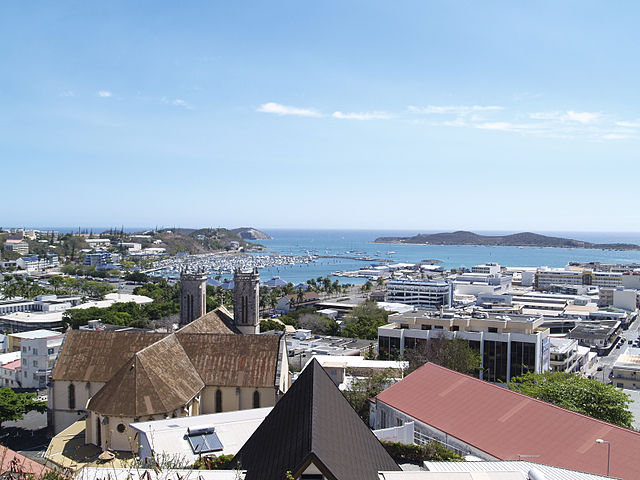
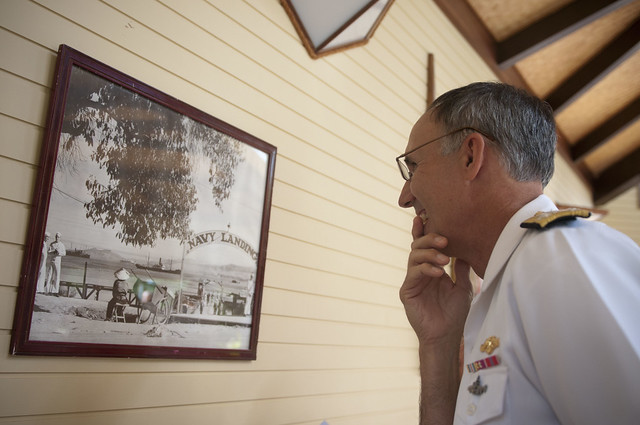
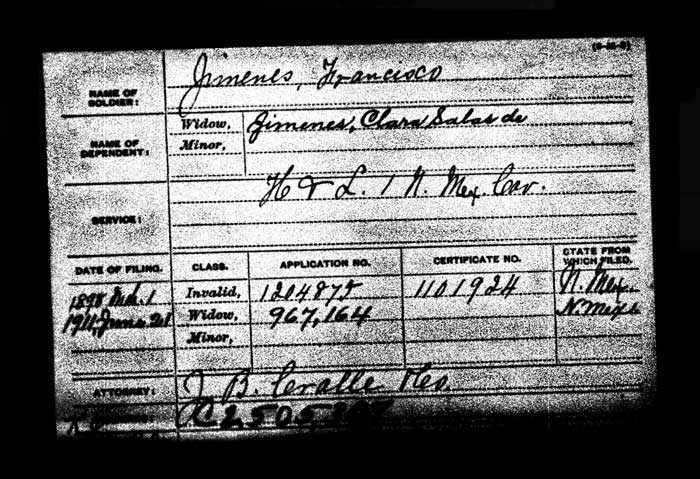
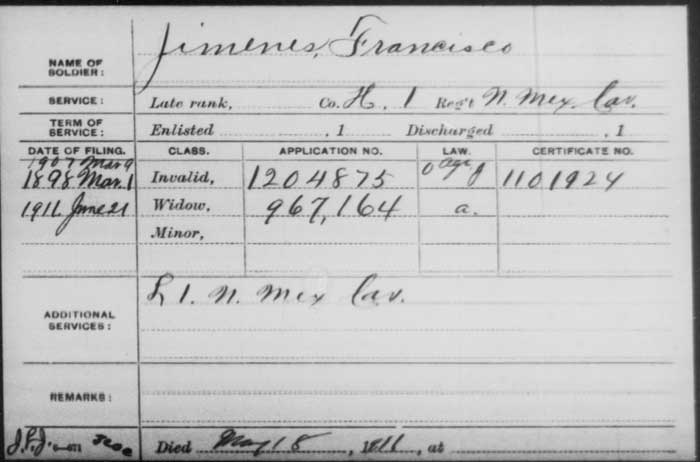
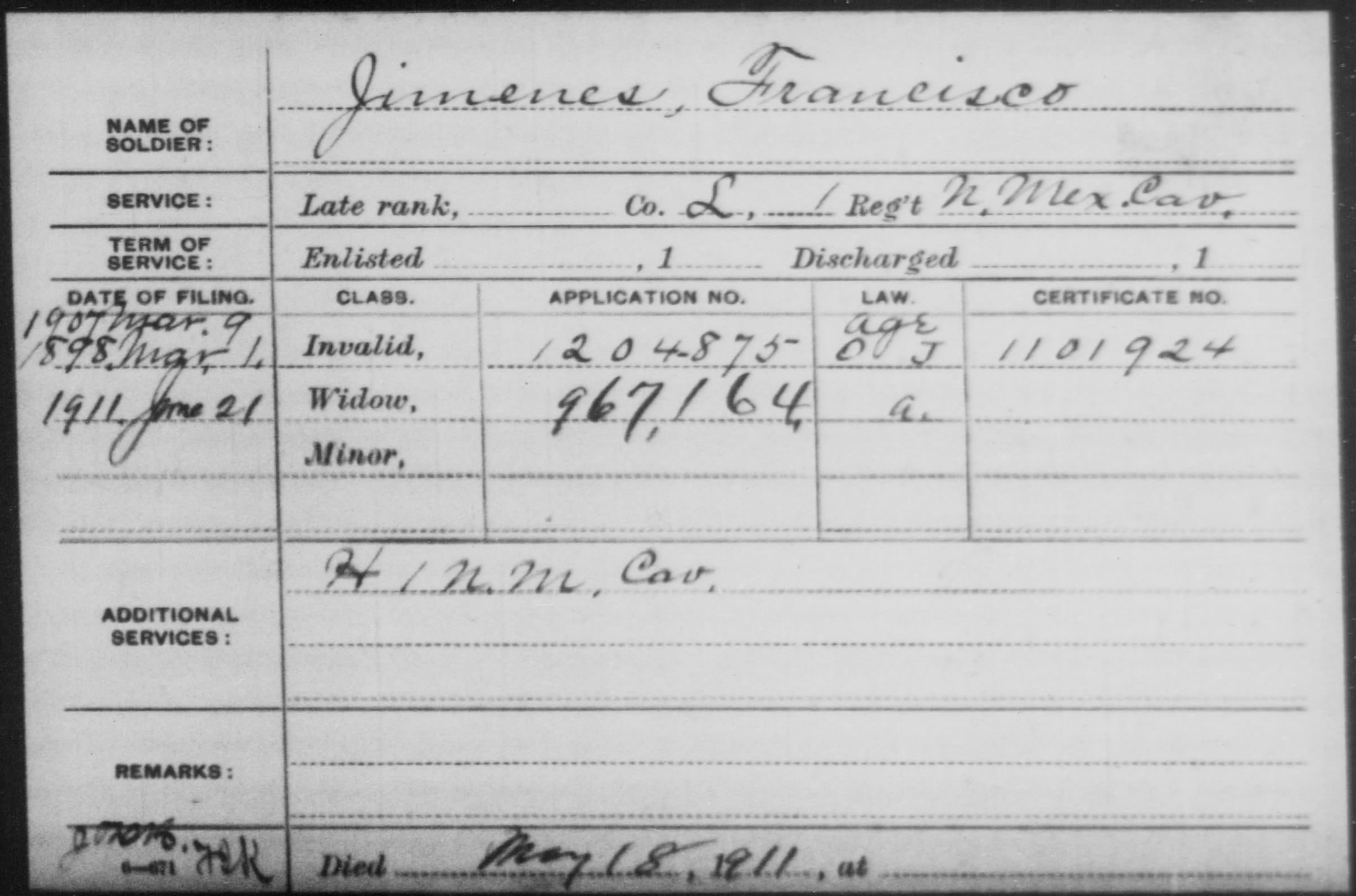
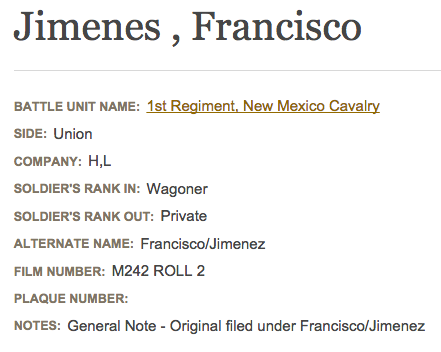
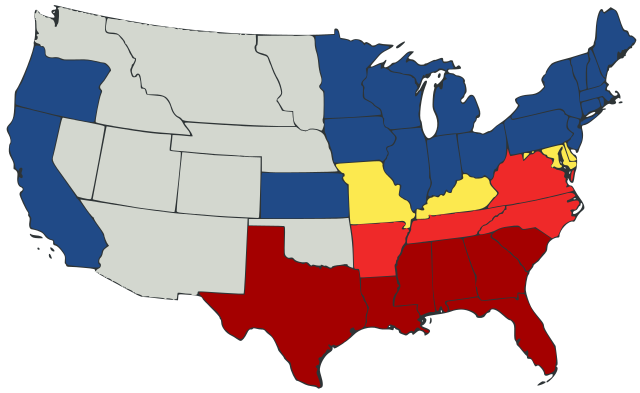
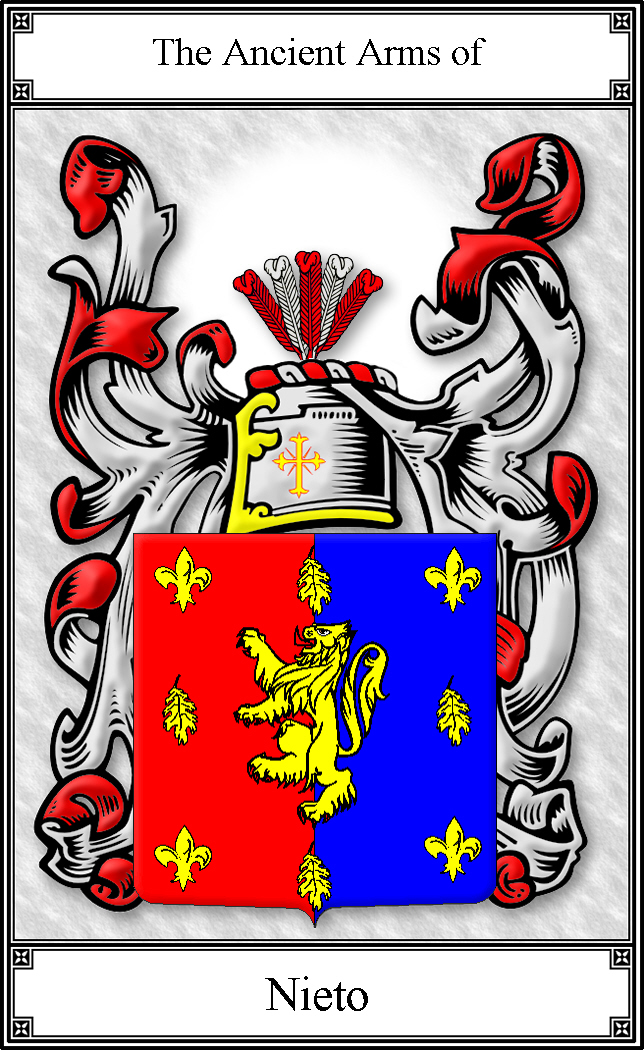
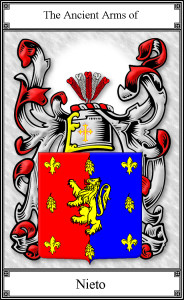 As I mentioned
As I mentioned 